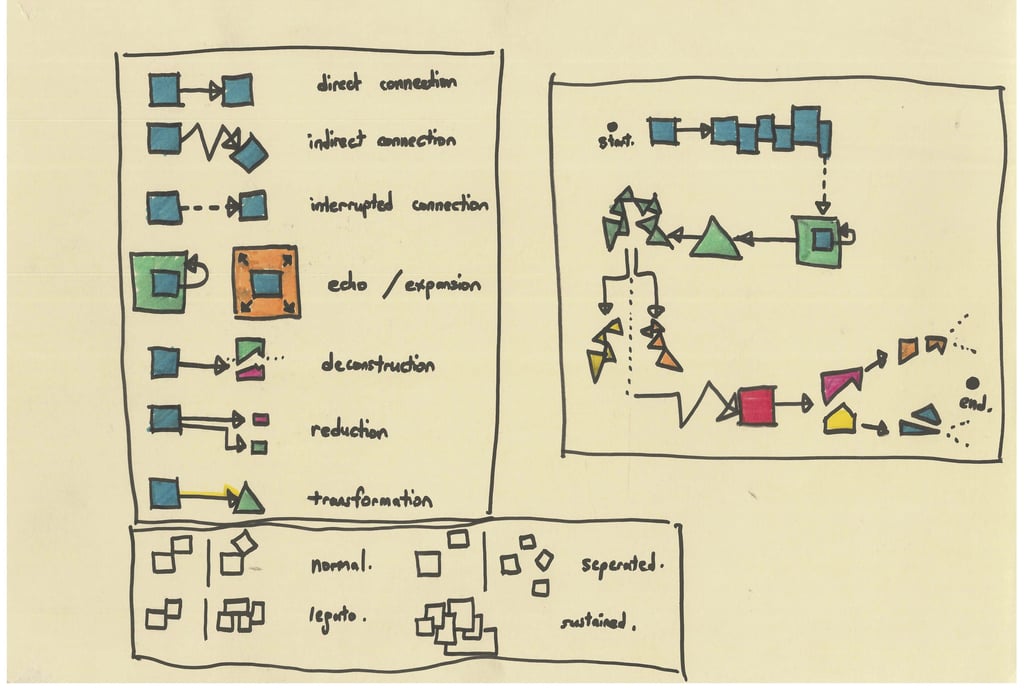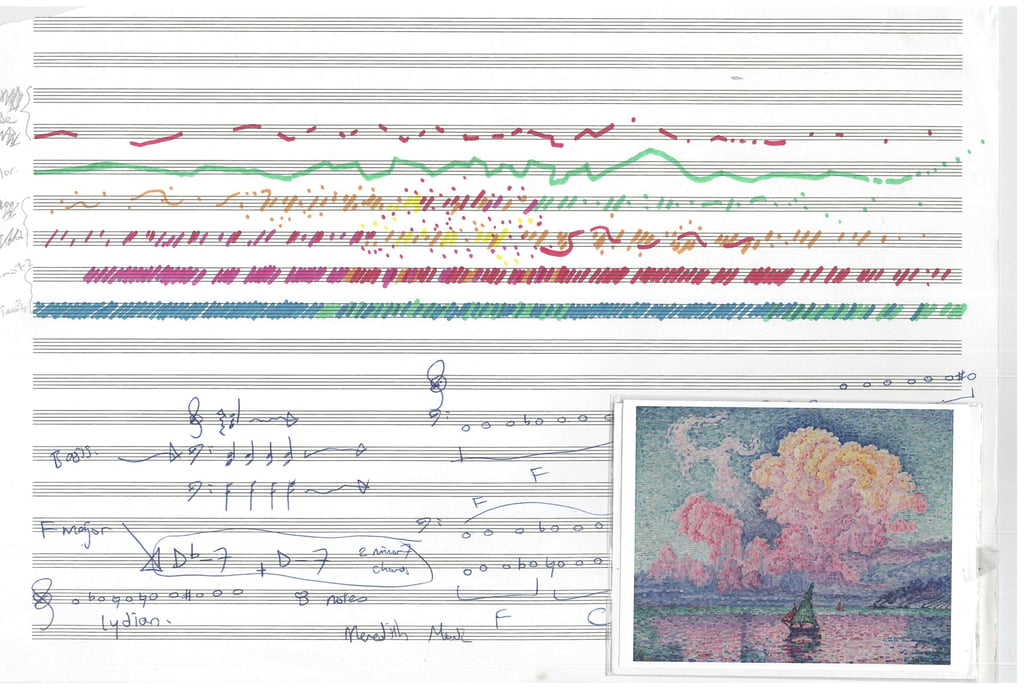Early experiments, Musicographics
My early experiments with musicographics began in the style of hörpartiturs by Rainer Wehinger, as seen in the first picture. I found this way of notating sound to be a powerful tool for transcribing materials.
Murat Ali Cengiz
12/23/20181 min read


My early experiments with musicographics began in the style of hörpartiturs by Rainer Wehinger, as seen in the first picture. I found this way of notating sound to be a powerful tool for transcribing material or visualizing different aspects of a given piece of music. It allowed me to capture textures, gestures, and dynamics in a way that traditional notation sometimes struggles to express.
The challenge, however, was that this method still resembled traditional notation in terms of the density of information at a given time. While useful for documentation, I was aiming for something more open-ended: a representation that could also support improvisation and, ultimately, interpretation.
From this need came another perspective: to use purely symbolic notation. This approach gave performers more freedom, opening the door to spontaneous interpretation. Yet, while this worked well for performance flexibility, a score of this kind often lacked artistic flow and visual coherence as a representation of musical information. In other words, it functioned as a set of instructions but did not fully embody the aesthetic dimension I was searching for.
During this period I also explored other directions. I experimented with transcribing melodies in the style of Wehinger, as well as creating smaller scale scores inspired by Kandinsky’s abstract visual language. These attempts revealed both the possibilities and the limitations of visual approaches to notation. They highlighted the tension between clarity, artistic value, and interpretive freedom.
I am still working to find a middle ground between accurate representation, aesthetic richness, and a generous space for interpretation. Possible technical tools such as vector graphics, algorithmic generation, and digital drawing software may offer ways to refine this balance. The search continues, but each experiment opens new perspectives on how sound can live in the visual domain.

